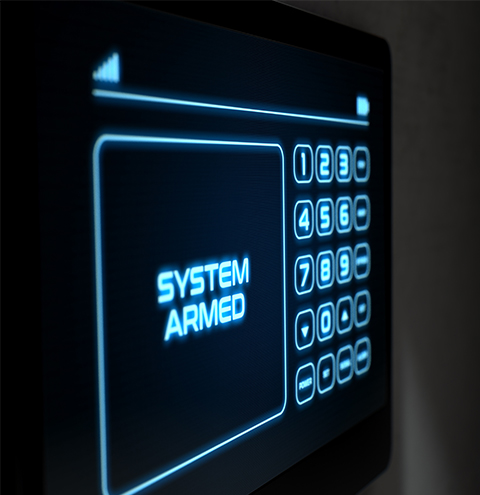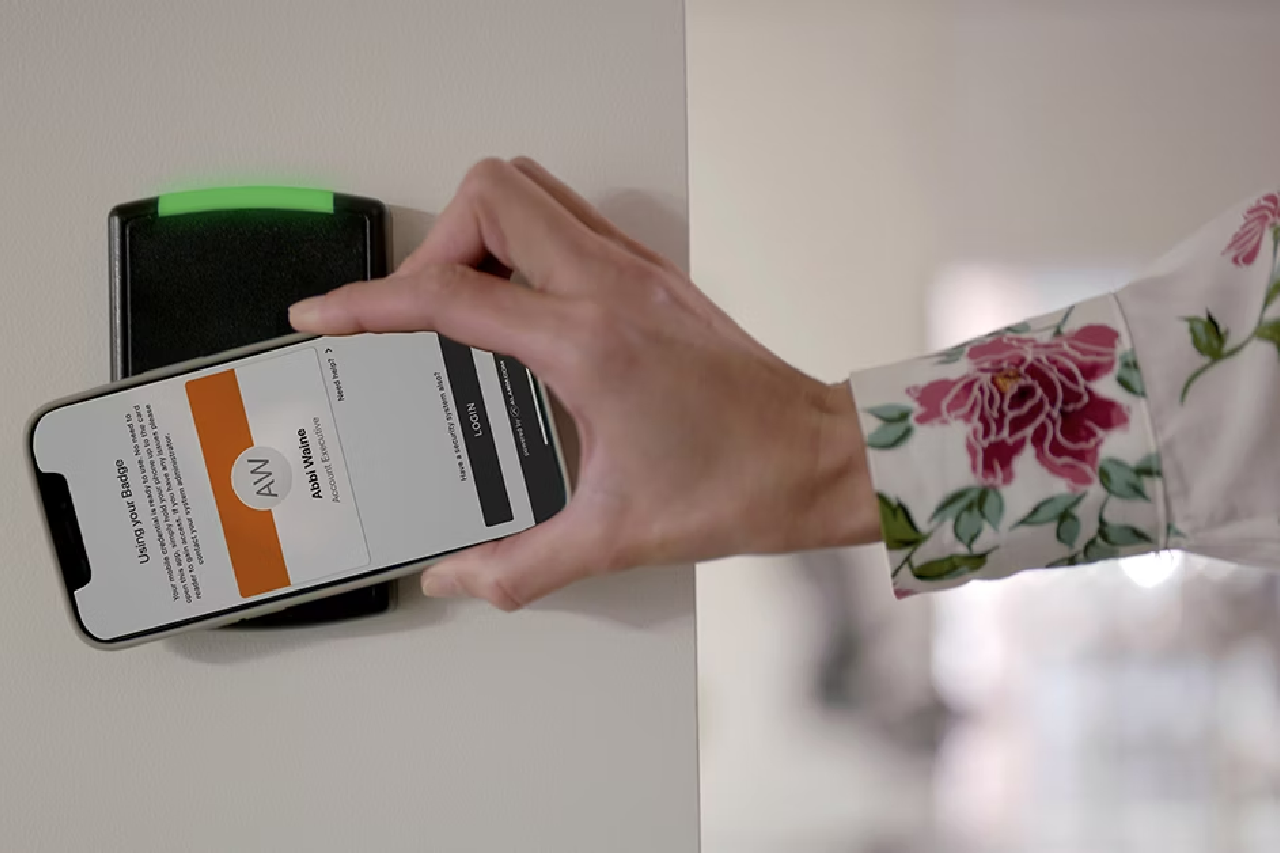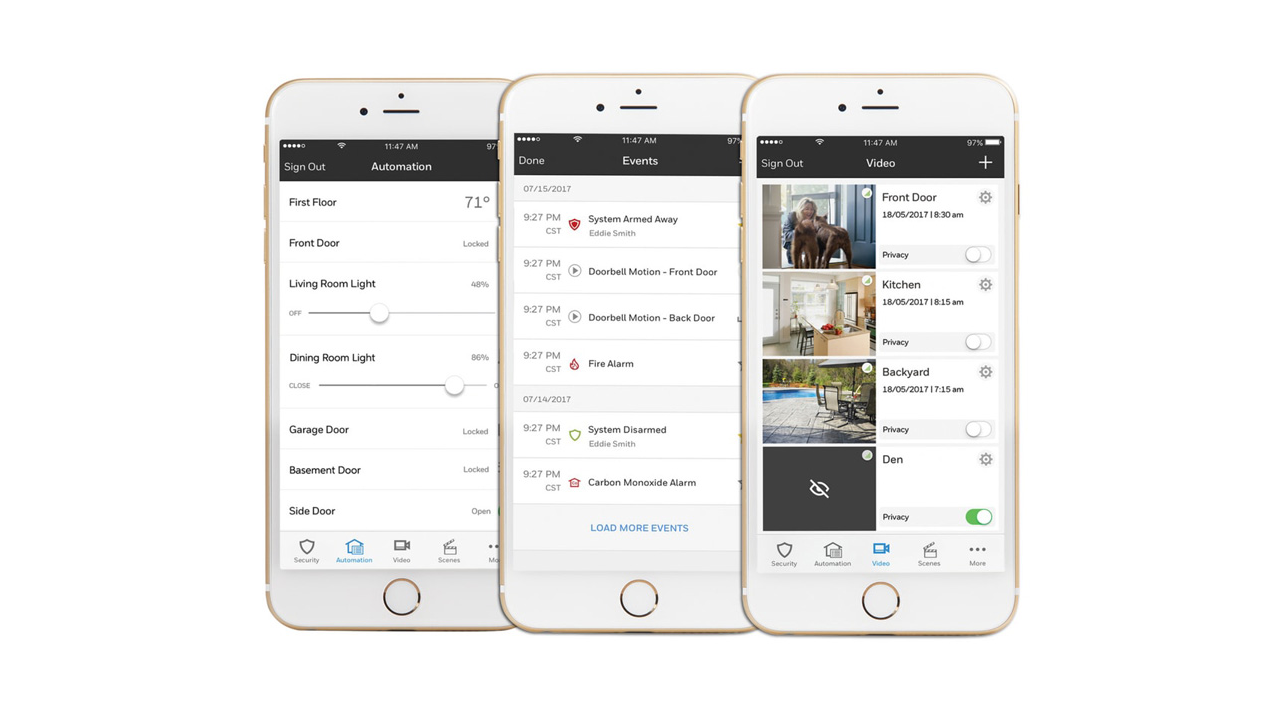Last Updated on February 26, 2024 by Alarm New England
In today’s fast-paced world, ensuring the safety of our homes and loved ones is paramount. One of the most effective ways to bolster home security is by investing in a burglar alarm system. These systems have evolved significantly over the years, offering a wide range of features and technologies to protect your property.

Understanding Burglar Alarm Systems
Burglar alarm systems are electronic devices designed to detect unauthorized entry or intrusion into a building or area. They work by triggering an alarm when certain pre-defined conditions are met, such as the opening of doors or windows, motion detection, or glass breakage. The primary purpose of these systems is to deter potential burglars and alert homeowners, security companies, or law enforcement to the presence of an intruder.
Types of Burglar Alarm Systems
There are several types of burglar alarm systems available, each with its own set of features and advantages. Understanding these types will help you choose the most suitable one for your home.
Wired alarm systems are hardwired into your home’s electrical system and are known for their reliability. They require professional installation, as wiring needs to be concealed within walls. This type is ideal for new construction or during major renovations.
Wireless alarm systems, on the other hand, use radio frequency signals to communicate between sensors and the control panel. They are easier to install and can be a good choice for existing homes. However, battery-powered sensors may require periodic replacement.
Monitored alarm systems are connected to a central monitoring station that alerts authorities or a security company when an alarm is triggered. Subscribers pay a monthly fee for monitoring services, which provides a higher level of security as professionals can respond to alerts.
Unmonitored alarm systems activate a loud siren or flashing lights when an intrusion is detected. They rely on neighbors or passersby to report the incident to authorities, and there are no monthly monitoring fees required.
Smart alarm systems can be controlled and monitored remotely via smartphone apps. They often integrate with other smart home devices such as cameras, doorbell cameras, and smart locks, offering convenience and flexibility for homeowners.

Components of a Burglar Alarm System
A typical burglar alarm system consists of several key components, each serving a specific function. The control panel is the brain of the system, where all the sensors and detectors connect. It manages the system’s functions and communicates with monitoring services or alerts homeowners.
Sensors and detectors include door and window sensors that trigger an alarm when a door or window is opened or breached. Motion detectors detect movement within a designated area and can differentiate between humans and pets. Glass break sensors detect the sound of breaking glass and activate the alarm. Some alarm systems incorporate smoke and carbon monoxide detectors to detect fires and gas leaks.
The keypad allows homeowners to arm and disarm the system using a unique code. Some keypads also have panic buttons for immediate help, while audible alarms, sirens, or flashing lights are activated when an intrusion is detected. These serve as both a deterrent and a means of alerting people nearby.
Modern systems use various communication methods, such as landlines, cellular networks, or Wi-Fi, to transmit alerts to monitoring centers or smartphones. They also include a backup power supply in case of power outages, ensuring continuous operation.
Benefits of Burglar Alarm Systems
Investing in a burglar alarm system offers numerous advantages. The primary benefit is the added security and peace of mind that comes with knowing your home is protected 24/7. Visible alarm system components, such as sirens and yard signs, deter potential burglars from targeting your home. Monitored systems can alert authorities within seconds of an intrusion, increasing the chances of catching the intruder. Smart systems allow homeowners to monitor their homes from anywhere, receive alerts, and even control the system remotely. Many systems include smoke and carbon monoxide detectors, providing early warning for fire and gas leaks. Additionally, installing a burglar alarm system can often lead to lower homeowners’ insurance premiums, saving you money in the long run.
Choosing the Right Burglar Alarm System
Selecting the right burglar alarm system for your home requires careful consideration. Assess your specific security needs, including the size and layout of your home, potential entry points, and any additional features you require, such as fire detection. Set a budget that includes both the initial installation costs and ongoing monitoring fees (if applicable). Decide whether you prefer a professionally installed system or a DIY option. Professional installation ensures proper setup but may be more expensive.
Research and compare alarm system providers, looking at their reputation, customer reviews, and available features. If opting for monitored services, carefully review the contract terms, including contract length and cancellation policies. Consider whether you want a system that can integrate with other smart home devices for a seamless experience. Regularly test your system to ensure it’s functioning correctly, and perform maintenance as needed, such as replacing batteries.
In an age where security is paramount, burglar alarm systems have become an essential tool for homeowners to protect their property and loved ones. By understanding the types, components, benefits, and tips for choosing the right system, you can take the first step towards enhancing your home’s security and enjoying peace of mind.






